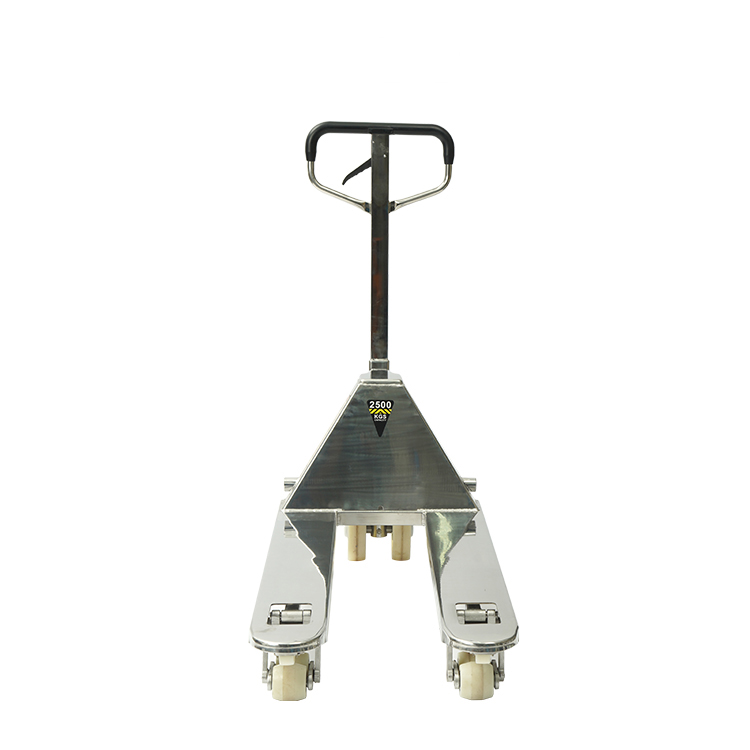There is a reason someone must be certified before operating a forklift. These heavy pieces of machinery are capable of doing a lot of work – or a lot of damage. When operated incorrectly, products and materials can be broken or damaged, costing companies extra time and money. Fortunately, there are ways to reduce or avoid forklift damage.
Types of Forklift Damage
There are a number of factors that could lead to forklift damage happening, but there are three common types of forklift damage that occurs:
1. Loads fall off of the forks
2. The forks puncture loads
3. The mast crushes pallets
These types of forklift damage happen when forks are misaligned, the loads are wet, the pallets are stacked incorrectly, etc.
How to Mitigate the Risk of Damage Caused by Forklifts
Human error is inevitable and mistakes do happen. However, there are steps warehouse managers and heavy machinery supervisors can take to help reduce forklift damage.
Licensed Operators Only
As mentioned before, it’s required by the Occupational Safety and Health Administration (OSHA) for anyone operating a forklift to first become certified and evaluated by a qualified trainer. Forklift operators have to become recertified every three years to avoid OSHA penalties. When only trained personnel are operating forklifts, you can help reduce the chances of damage being caused by these pieces of material handling equipment. Personnel that lack training behind the wheel of a forklift can be a danger to themselves and others, as well as the materials and environment they are in.
Check Your Pallets
Before loading pallets onto a forklift, the loads should be fully inspected for broken planks, jutting nails, or missing support blocks. If the load is stacked, wrapped, and loaded correctly, there is less chance of a forklift causing more damage while loading and transporting it.
Add More Lighting
It’s not uncommon for warehouses or work sites to have low or poor quality lighting. By upgrading the lighting in the forklift work environment, errors in packing, picking, putaway, and product handling can be avoided. Employees are able to see better, and also feel and perform better in clear, natural lighting.
Keep Aisles Open
Forklifts are not designed for swerving and dodging obstacles. Warehouses should have aisles clear of any debris or clutter to prevent forklift damage. If a forklift must navigate its way around an obstacle in an aisle or on the floor, they are more likely to cause their load to slip and drop, or the forklift could collide with the shelves and pallets causing damage to the forklift, the load, and all other products around.
Avoid Costly Damage Done by Forklifts
According to OSHA, forklifts cause nearly 100,000 serious or minor injuries and 11% of forklifts in America are involved in accidents every year. Forklift damage can result in serious OSHA fines and penalties, as well as loss to your inventory, devastation to your material handling equipment, and injuries to your workforce.
Contact the Forklift Pro if you are in need of forklift safety tips or in the market for quality used forklifts to help improve productivity and efficiency in your warehouse.







